Old Blood Noise Endeavors is a pedal manufacturer known for its creative and unconventional effects. Their pedals are designed to push the boundaries of traditional sound, often combining distortion, delay, and modulation effects in innovative ways. One example is their *Beam Splitter* pedal, which takes a single input signal and splits it into three different versions with varying delay times and overdrive tones. This results in a larger, more textured sound, ideal for those looking to create unique sonic landscapes. Their pedals also feature expressive controls such as Deviate, which introduces natural variations to delay times for a more organic feel.
Old Blood Noise Endeavors is also recognized for its distinctive pedal designs and collaboration with various artists, showcasing their commitment to producing high-quality, experimental tools for musicians. Their pedals are popular for both live performances and studio work, offering a range of effects from fuzz to reverb, each with a creative twist. This brand stands out for its bold approach to sound manipulation, making it a favourite among experimental musicians and those seeking to expand their sonic palette.
Just Pedal Ingredients.
Endeavors. Noise. Pedal — Your pedal is like a signature dish for your sound — a flavour-packed creation that transforms the bland ingredients of your guitar into something unforgettable. Each one adds its own seasoning, texture, and heat, turning a simple meal into a feast of tone.
These tasty little boxes sit in a row, like plates on a buffet, letting you mix and match flavours as you play. With one tap of your foot, you can swap sweet for spicy, subtle for smoky, and serve up something completely new. From the comfort food of warm overdrive to the fiery kick of fuzz, from smooth jazz sauce to heavy-metal spice, pedals give players a full menu of options to express their taste. And just like with food — once you’ve tried one dish, you’ll want to sample them all.
Collecting, trading, and discovering new flavours soon becomes part of the joy of being a tone-loving gourmet geek with a guitar.. Reverb — A reverb pedal is like the rich sauce that ties every flavour on the plate into one smooth experience. It adds depth, warmth, and atmosphere — the sonic equivalent of a perfectly reduced glaze that lingers on the tongue. Whether you’re after the subtle ambience of a cosy café (spring or plate reverb) or the grand echoes of a cathedral (hall or shimmer reverb), this is where your tone breathes and expands. A touch of reverb can turn a dry sound into something lush and inviting — but pour on too much, and it’s all you can taste. Used with finesse, it’s the finishing touch that transforms your tone from plain to unforgettable..
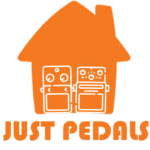
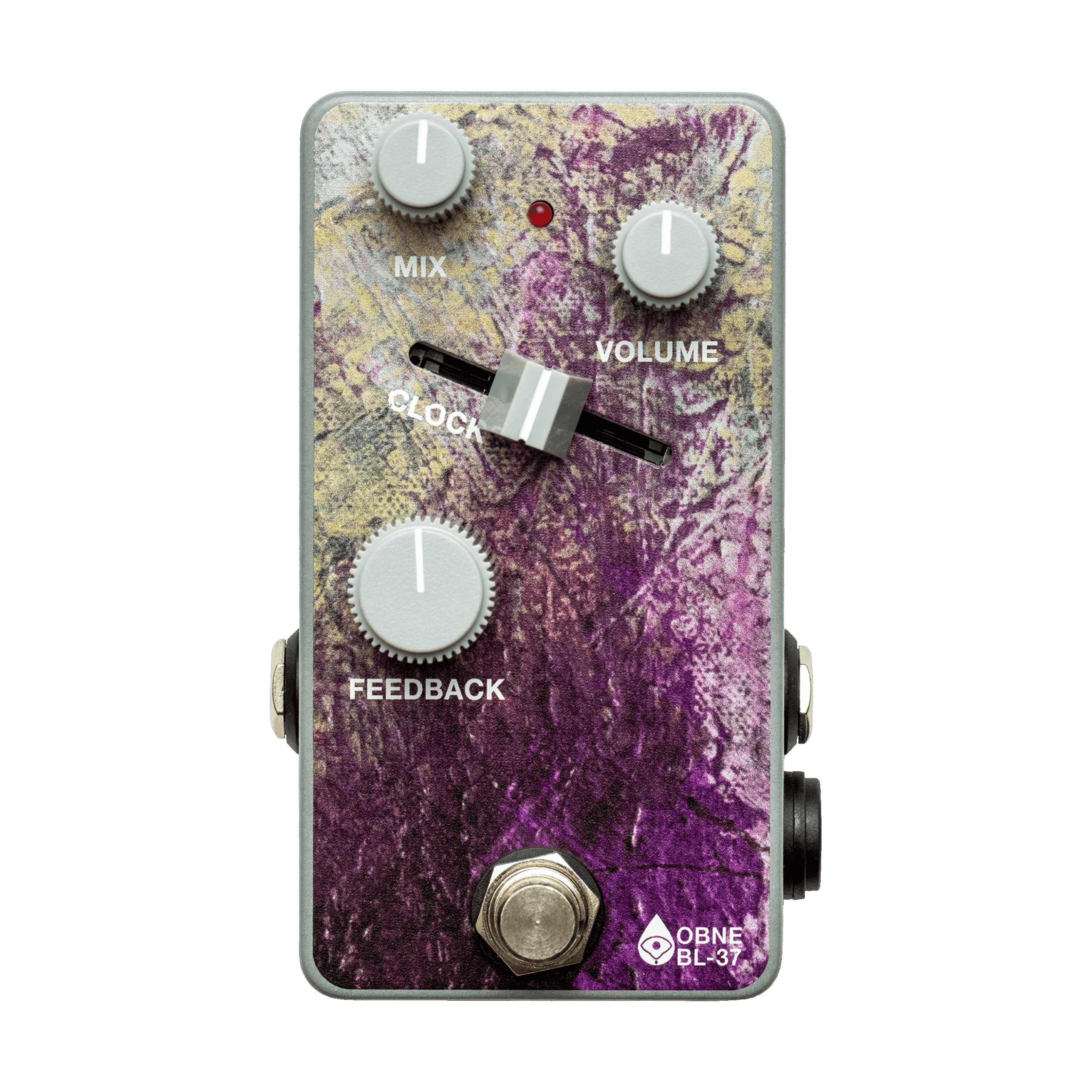
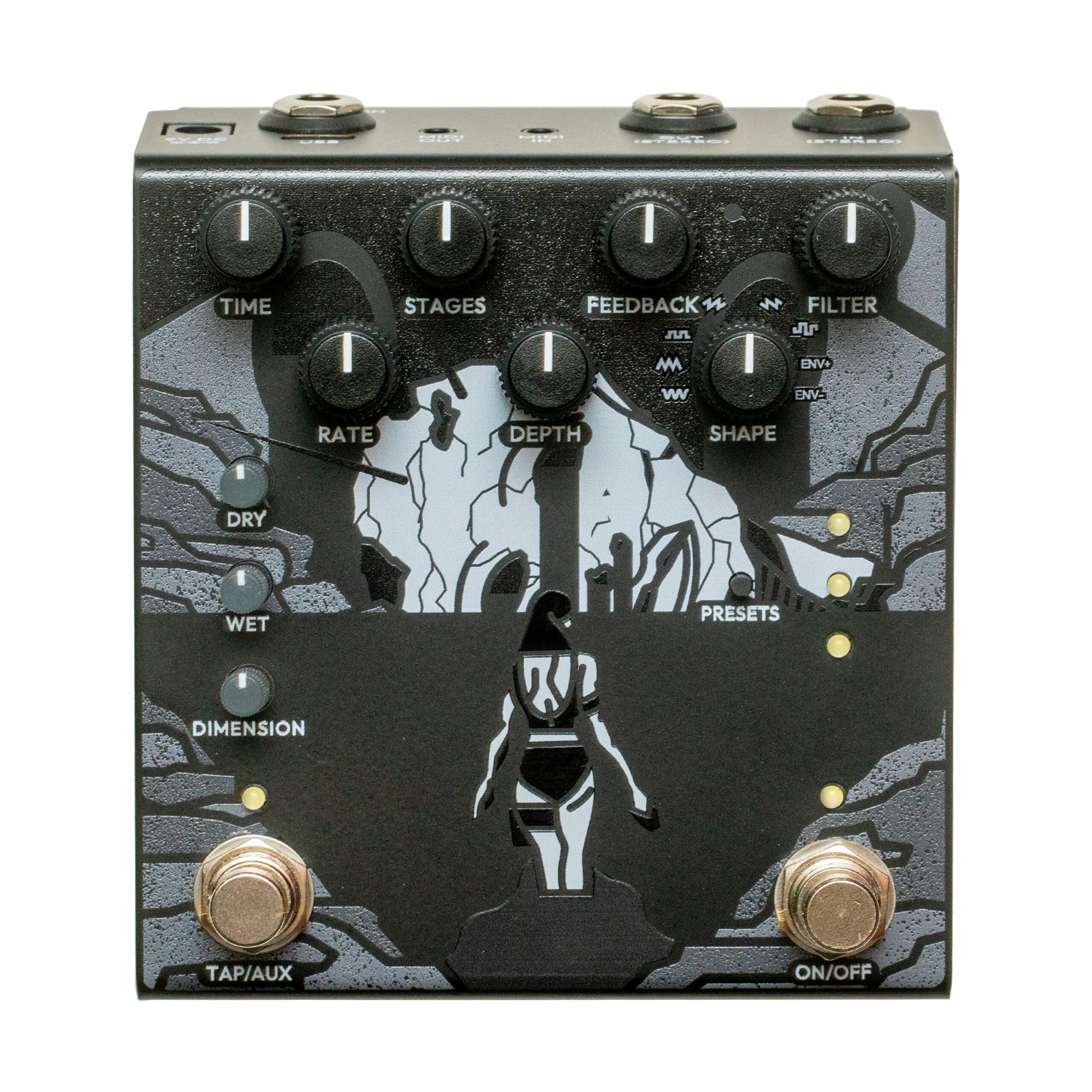
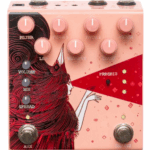
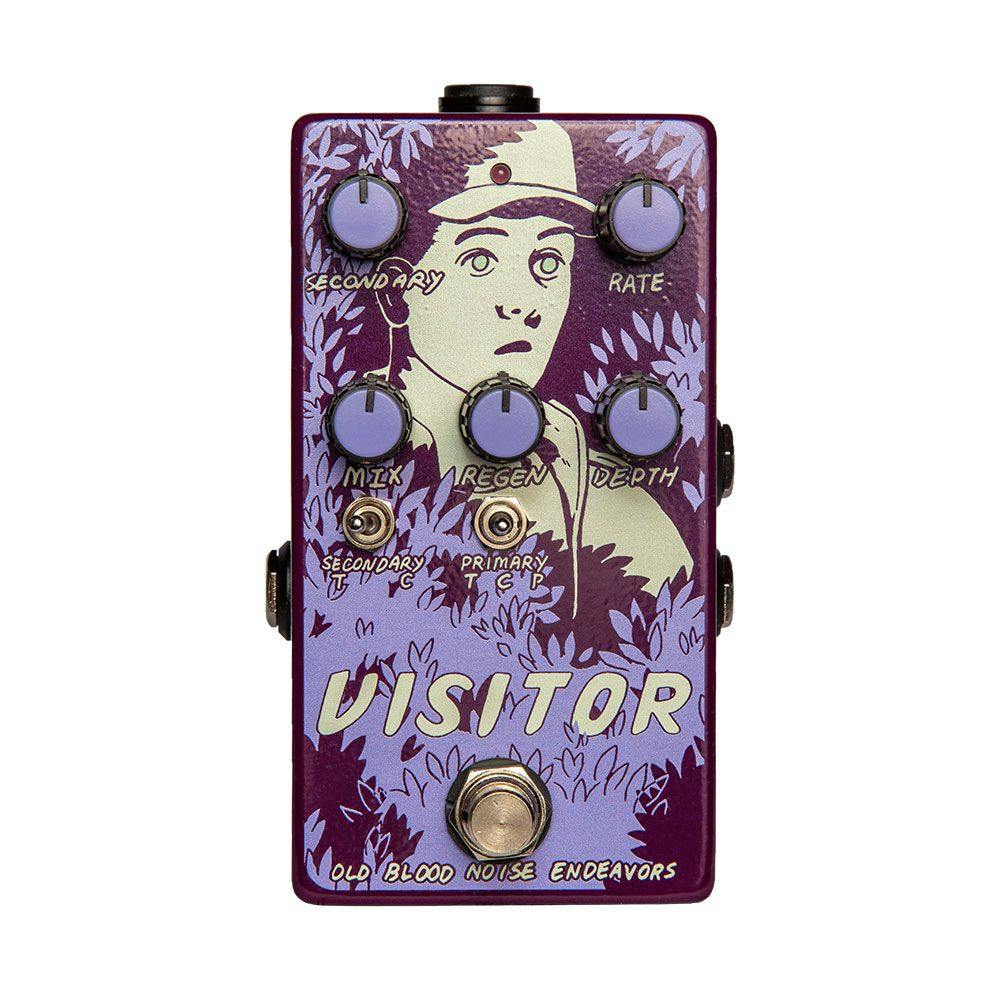
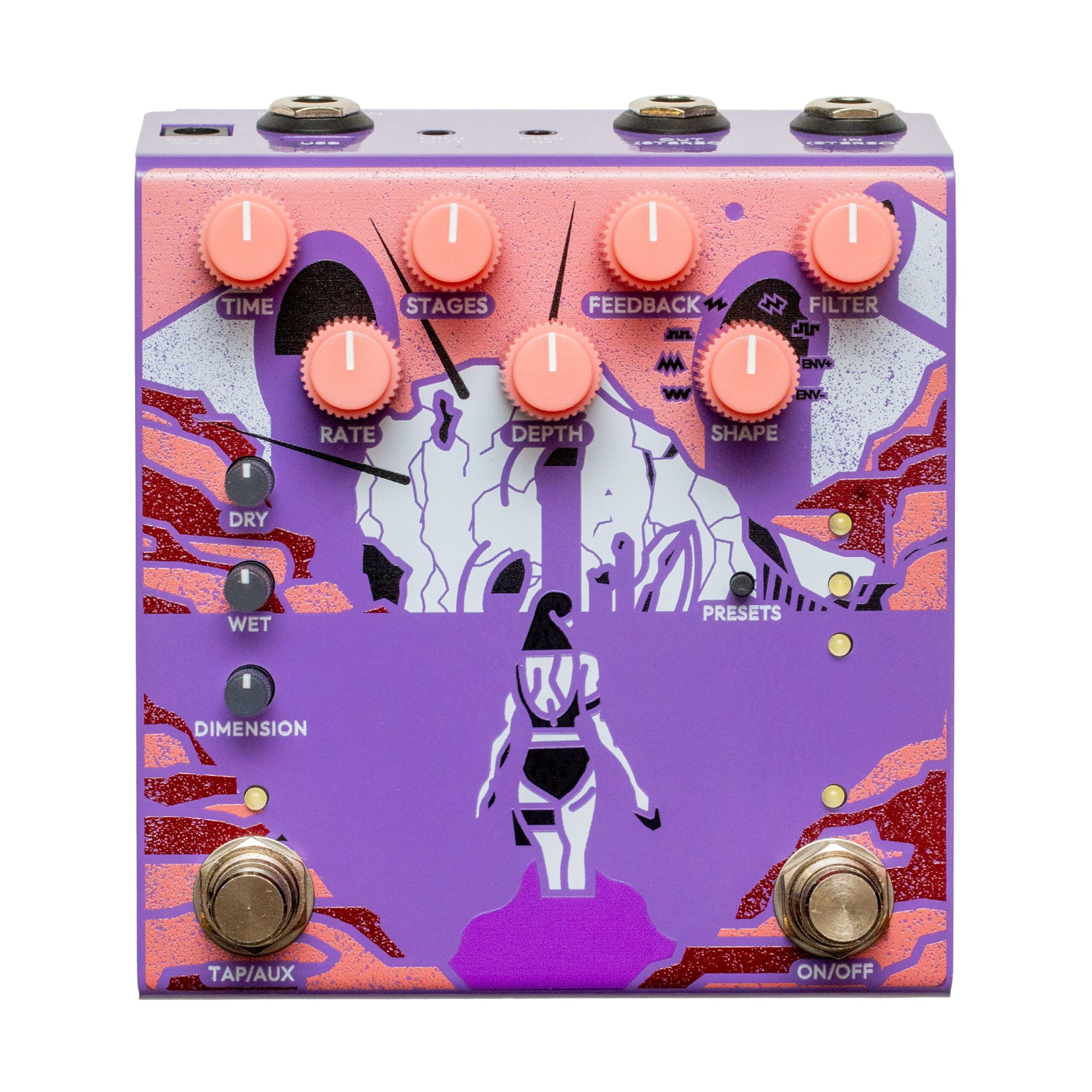
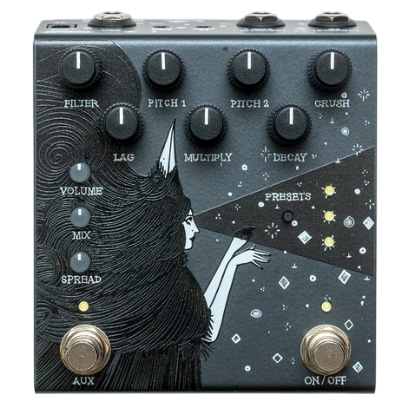
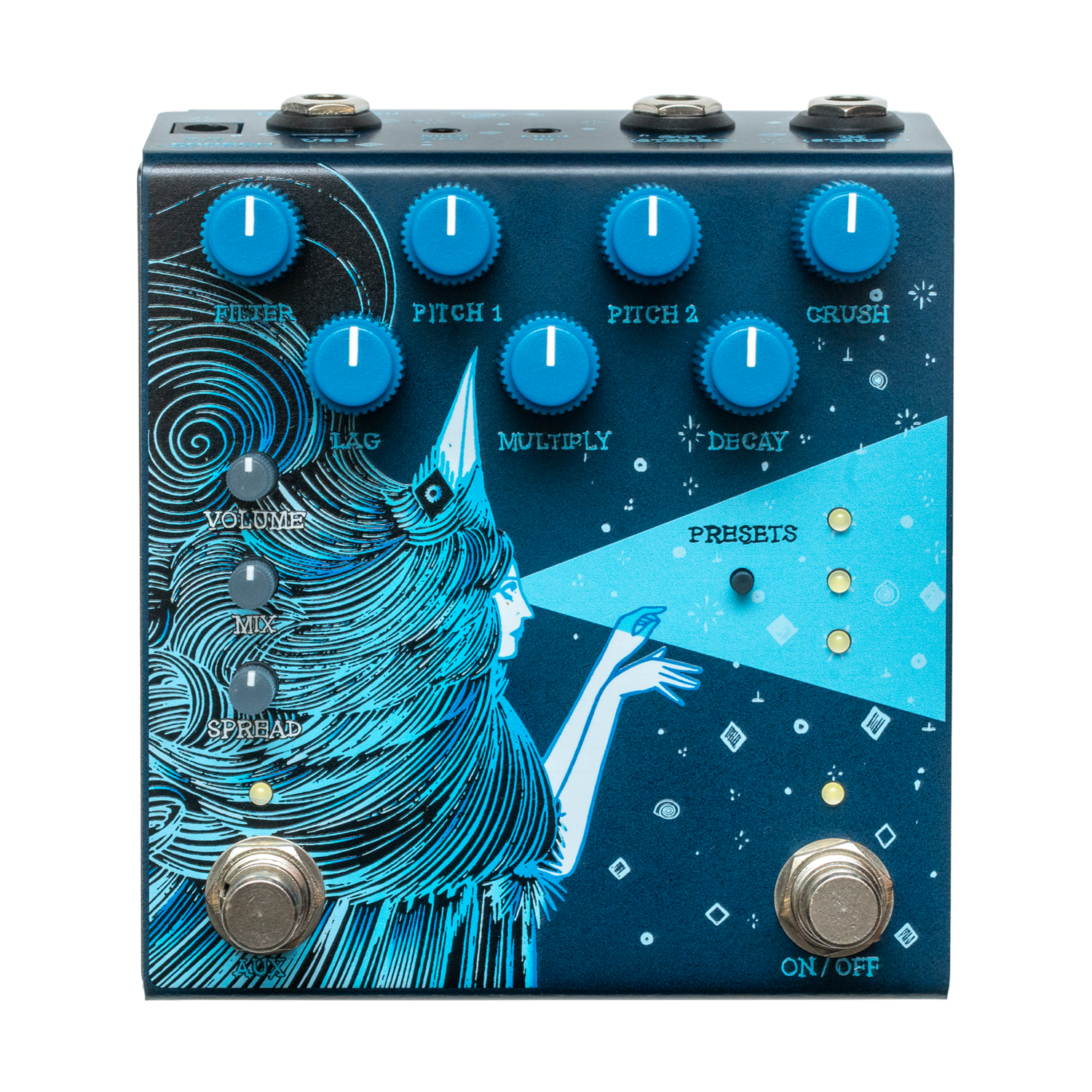
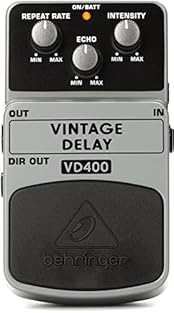

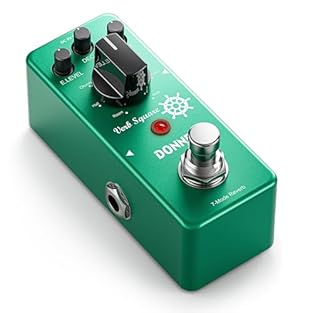

![🎸[2 overdrive modes] Warm: The classic TS overdrive sound replica. Hot: More powerful, a louder, tightened sound. 🎸[Style-type] Combining iconic vintage tube overdrive sound with wide dynamic range, Donner overdrive pedal gives you a wide tonal range...](https://m.media-amazon.com/images/I/51tSxpGFCsL._SL313_.jpg)